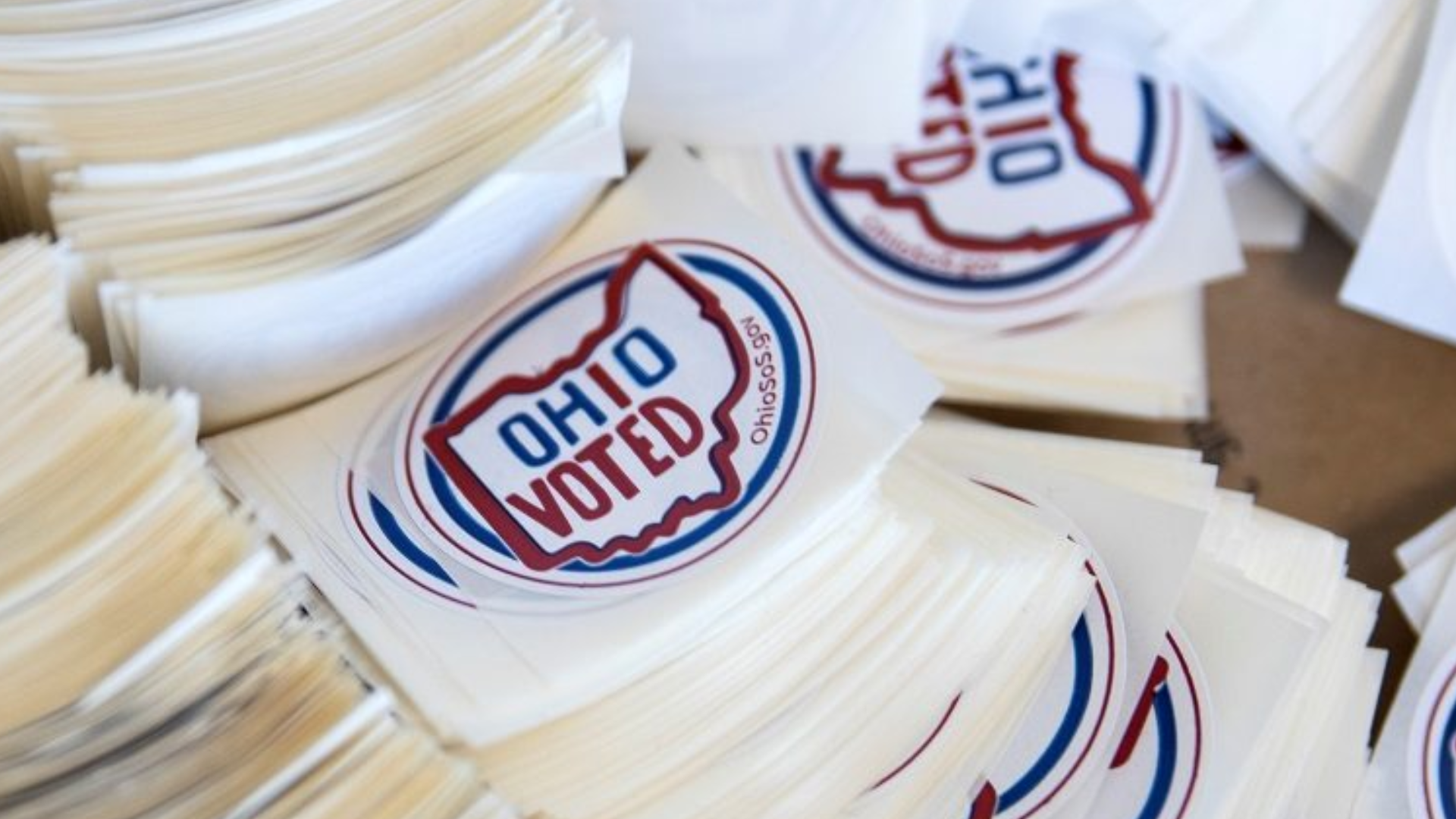Local government, nonprofit organizations, and private entities and individuals have mobilized to respond in the moment of great need caused by the federal Administration’s refusal to fully fund SNAP benefits until the federal government reopens. The SNAP lapse is a manufactured crisis, unique in history, literally starving Americans for political gain. As we wait for a resolution and scramble to meet local needs, I’ve noticed glimmers of a new way of working to address community problems which could provide a path forward for the future.
Almost overnight, Cuyahoga County stood up the Hunger Rescue Team, a cross-sector collaboration of organizations answering the call to address hunger in the face of federal funding and policy changes.
Collaboration is the key to addressing this hunger emergency
Last week, I sat in meetings and watched old rivalries fall away as individuals and organizations identify the roles they can play. Rather than focusing on the causes of the issues, there was a laser focus on solutions-oriented thinking and overcoming obstacles. Almost overnight, Cuyahoga County stood up the Hunger Rescue Team, a cross-sector collaboration of organizations answering the call to address hunger in the face of federal funding and policy changes.
Ohio’s elected officials are showing bi-partisan support for SNAP
Both of Ohio’s U.S. Senators co-sponsored S 3024, the “Keep SNAP Funded Act of 2025,” which would provide appropriations for full and uninterrupted SNAP benefits. They joined a dozen of their Republican colleagues from other states and about the same number of Democrats. At the state level, while the legislature failed to approve using state resources to make up for the loss of federal SNAP benefits for residents, Ohio legislative leaders championed the passage of an operating budget corrections bill which appropriates more funds to lower the state’s SNAP error rate.
Cities and counties across the state provided additional funding for food banks and hunger relief efforts
Individual residents banded together to provide food to neighbors. Ideas flowed about how to relieve some of the burden from impacted families, including loosening restrictions on transportation assistance, handing out gift cards, or making sure there were full meals available at community meetings. We have witnessed the type of kind, collaborative, innovative problem solving not seen since the very early days of the COVID-19 pandemic.
This didn’t need to happen, and all of the local efforts cannot make up for the loss of $263 million from SNAP each month that helps 1.4 million Ohioans to purchase food.
Intentional partnership in this crisis, though manufactured, may prepare us for the next one
This didn’t need to happen, and all of the local efforts cannot make up for the loss of $263 million from SNAP each month that helps 1.4 million Ohioans to purchase food. Beyond the overwhelmingly negative direct impact of this manufactured SNAP lapse crisis on families and businesses, there is the possibility for the partnerships being built in real-time to be an effective, short-term band-aid solution while we wait for the government to act.








